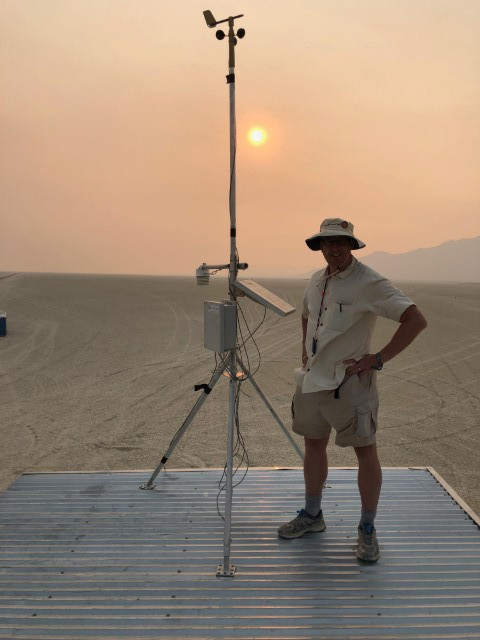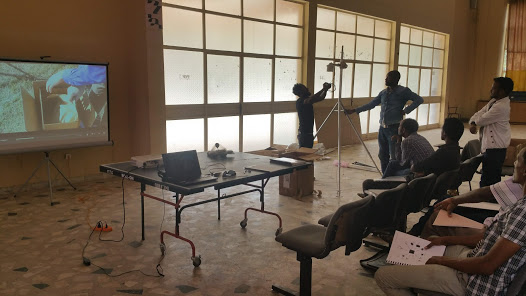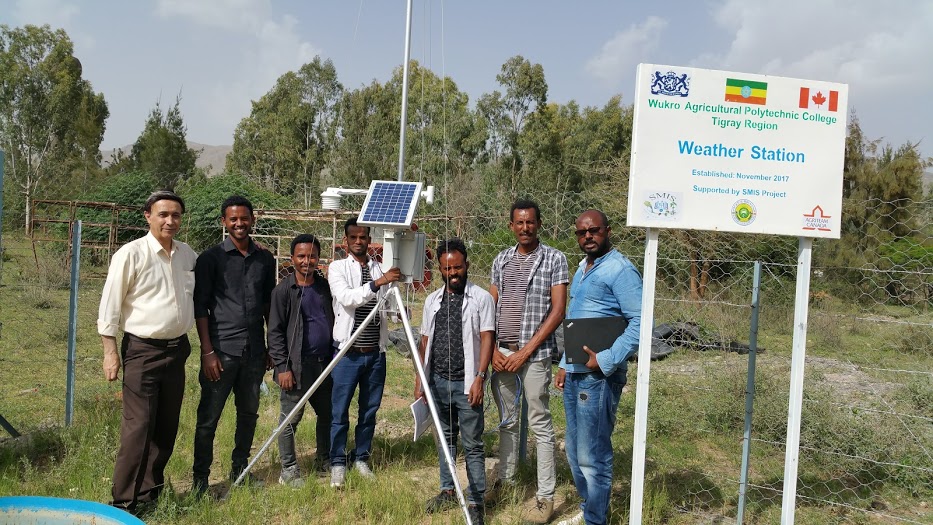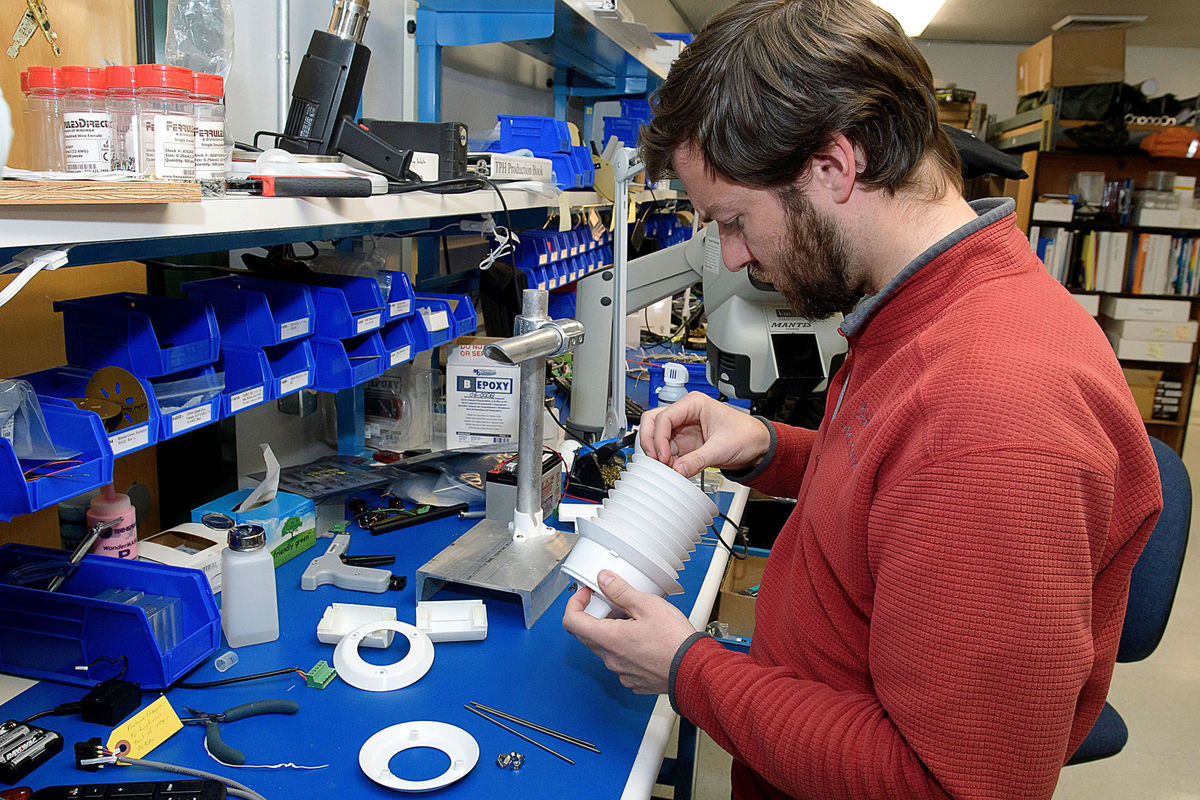
Unlike large companies, Dyacon “market research” comes through customer feedback and requests. We have received several requests over the last couple of years to develop a WiFi weather station. Well, we’ve finally done it. (Yes, sometimes we are slow.)
While WiFi seems like a logical step, the implications of a short-range radio connection bring installation, data distribution, and support complications we were not ready to address at the time. Now, with DyaconLive in place, we can provide the data accessibility that users expect.
Remote WiFi
We typically think of WiFi as a short-range, local data communication mode, but with the right equipment, WiFi can cover a relatively long distance and operate in remote locations.
A property development in western Wyoming contacted us for a weather station for their private runway. While they didn’t have cell phone service in their remote mountain location, they did have HughesNet satellite Internet service. Using a 2.5 GHz outdoor access point, we achieved one mile range. This meant that the weather station could be located at mid-field by the runway.
The low data rate requirements of the Dyacon weather station means that there is no significant impact to their HughesNet account. Dyacon equipment also does not need a static IP, allowing a lower cost Hughes service plan.
Normally, our users do the equipment installation. In this case, we were contracted to do the installation (and I’m always happy to get out of the office and work in the field). Since we hadn’t previously done a connection over HughesNet, I was glad to participate in the installation.
The following are a few images from the adventure.
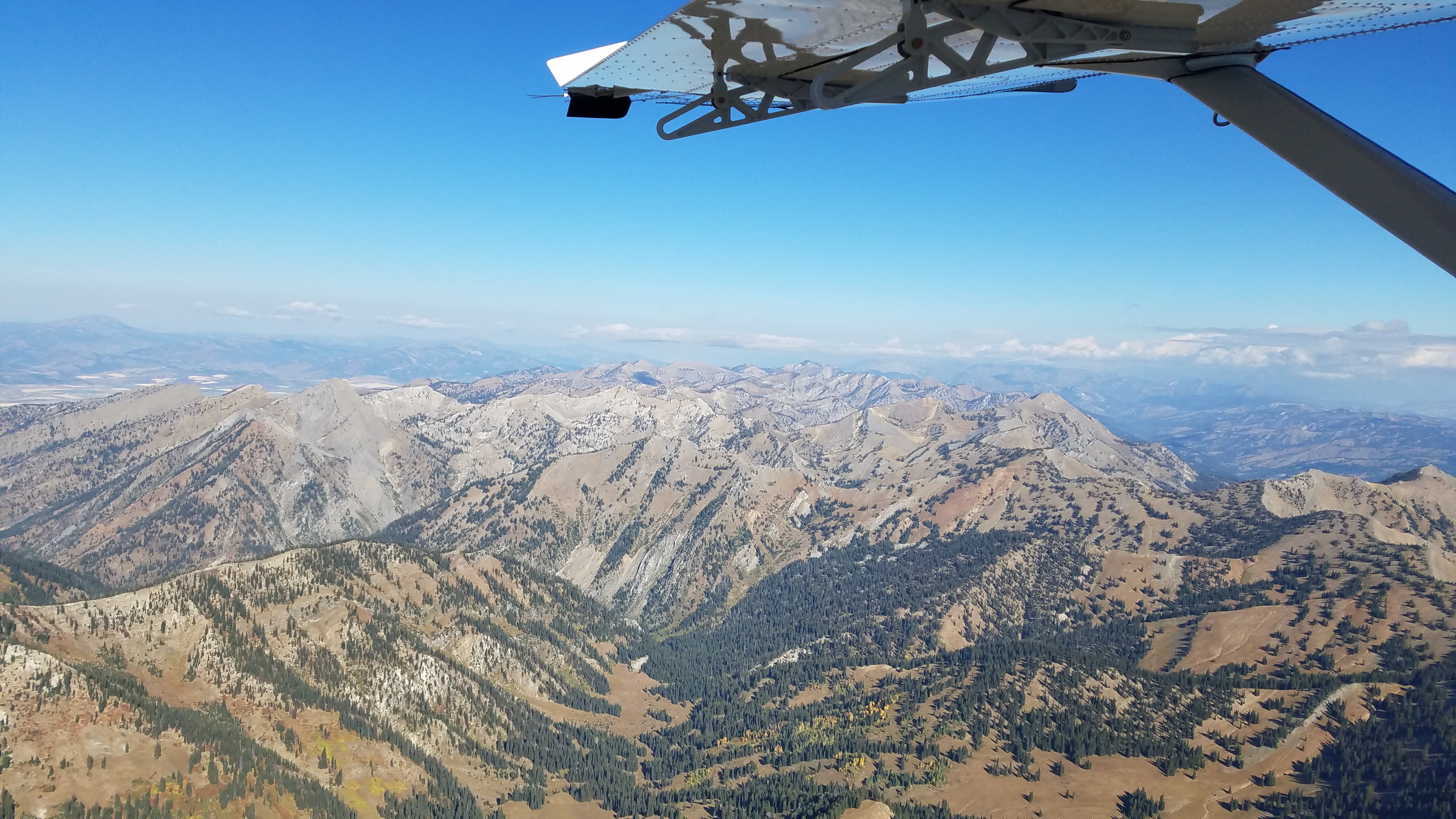
The flight in – 15 min by plane or 1.5 hrs by land. In this case, we flew in and drove back.
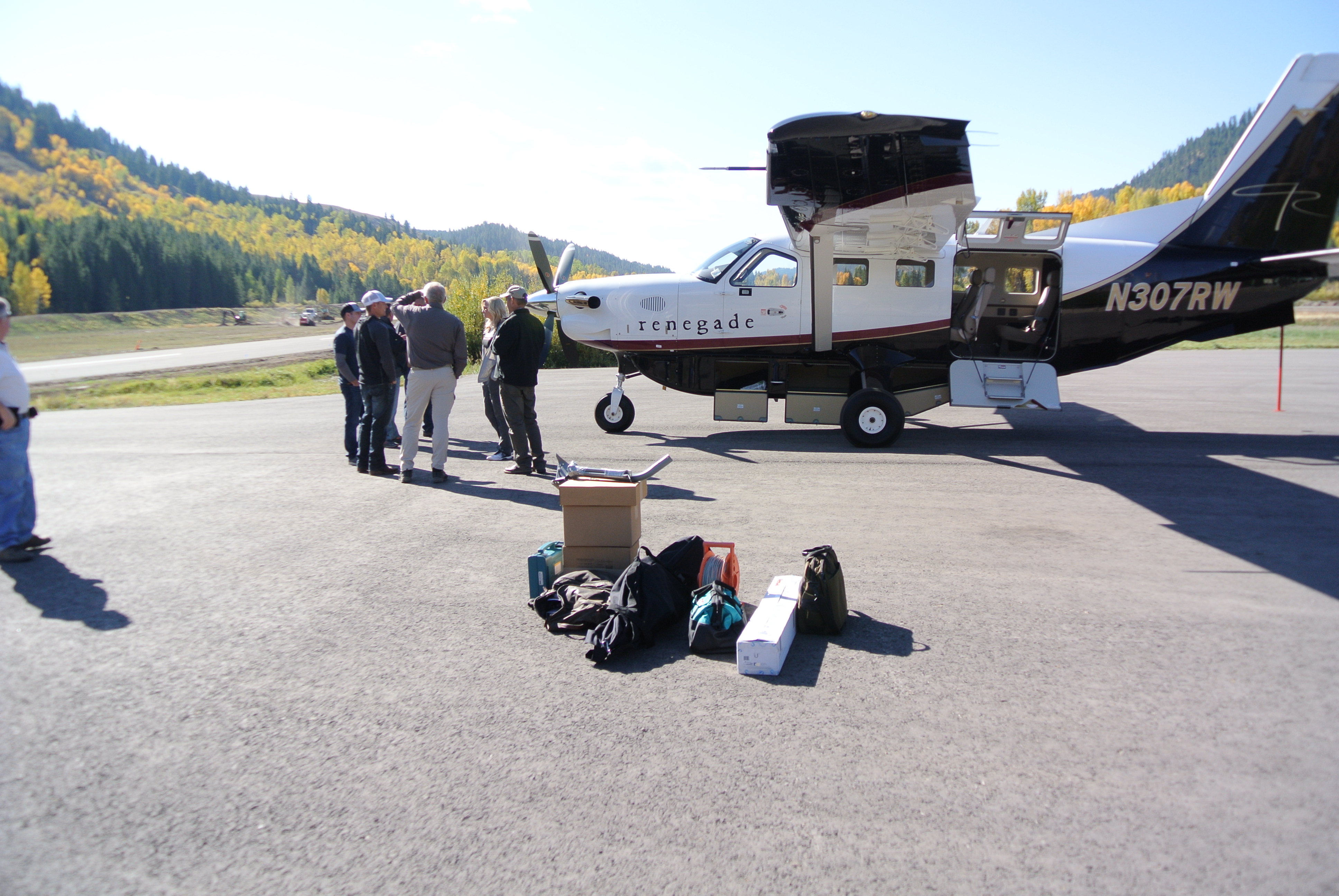
Weather station and access point offloaded and ready to go.
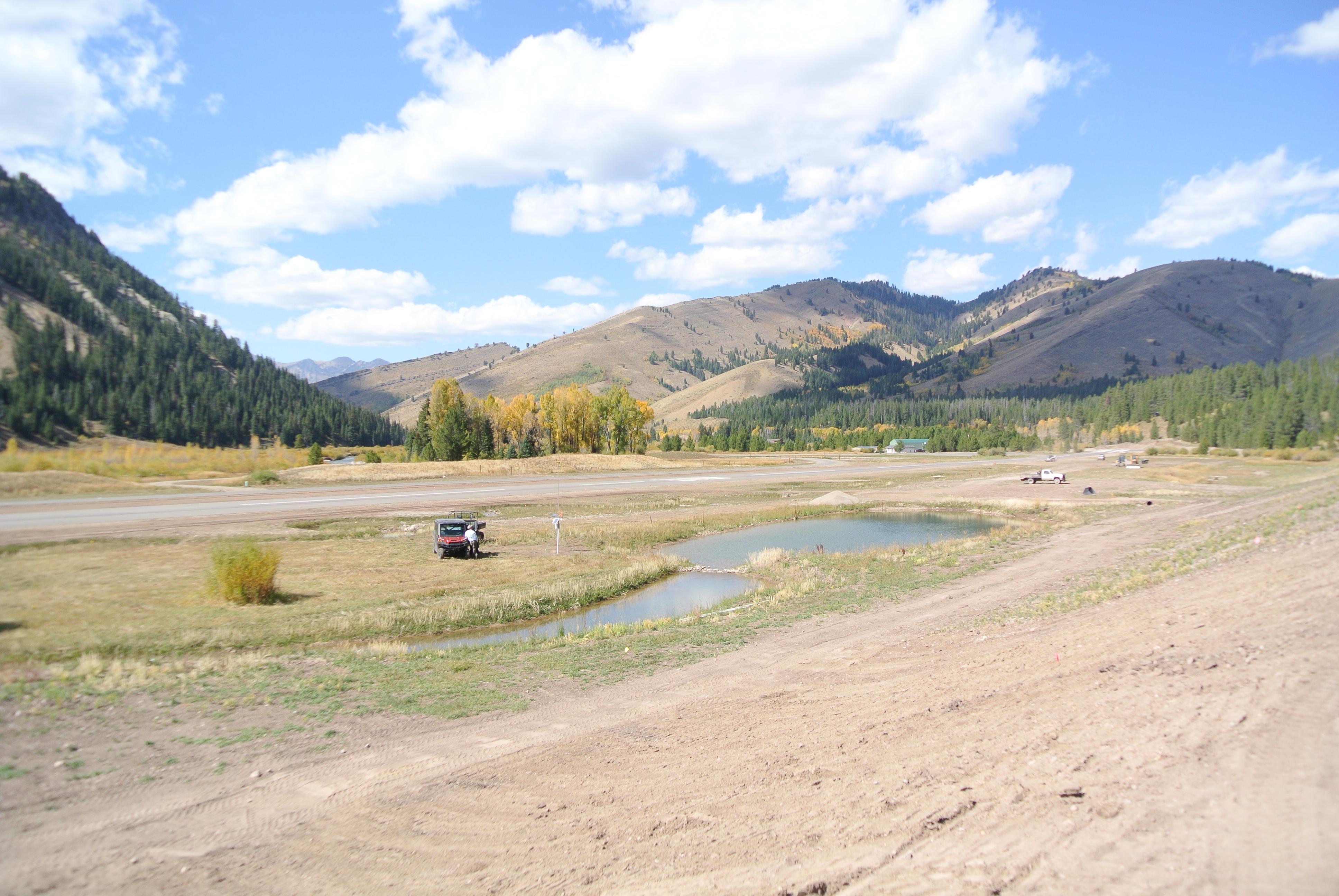
View of runway, weather station, and utility shed in the distance where the access point is installed.

Dyacon weather station installed and transmitting to DyaconLive.
If you have similar needs for a WiFi weather station, please give us a call. We would love to see what we can do for you.
Eugene

